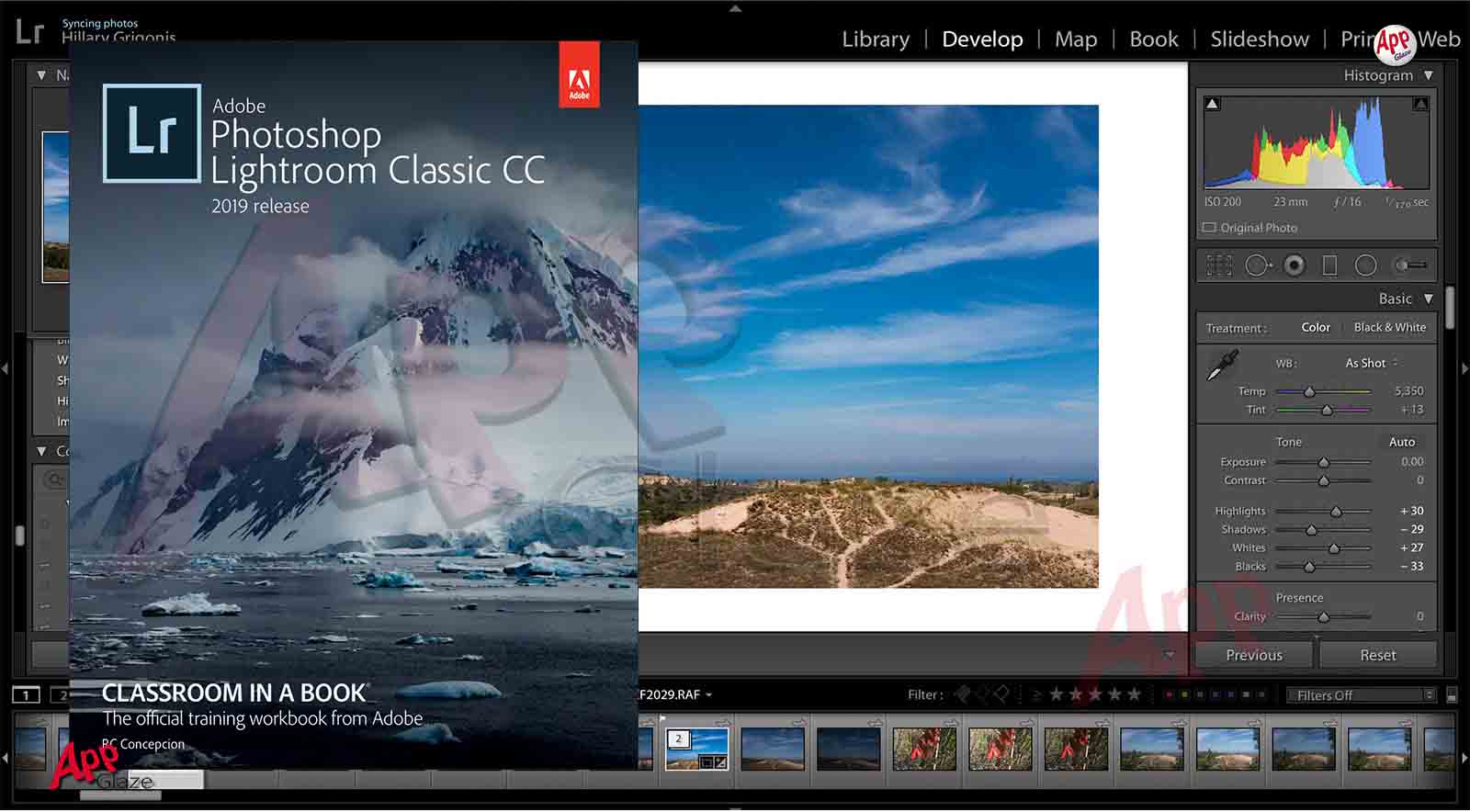
- Adobe lightroom and adobe lightroom classic 1080p#
- Adobe lightroom and adobe lightroom classic full#
- Adobe lightroom and adobe lightroom classic download#
Adobe lightroom and adobe lightroom classic download#
On a Windows computer, you’ll need to open the download package and double-click the Adobe installer. You should see all of the apps you own, including Lightroom (and potentially Lightroom Classic, as well). Note that if you didn’t have an Adobe account prior to subscribing in Step 1, Adobe will have created your account during the payment process, so simply check your email for a password. Head over to Adobe Photoshop and Lightroom.īefore allowing you to access this page, the browser will prompt you to sign in to your Adobe account. Then, once you’ve purchased your subscription, head on to the next step: Step 2: Download Lightroom (and the Creative Cloud App) And if you’re someone who does a lot of mobile editing, the extra storage offered by the Lightroom Plan might be worth it. Plus, I’m a fan of Lightroom Classic, which isn’t offered in the Lightroom Plan.īut the choice is up to you. Personally, I’d recommend the Photography Plan, because access to Photoshop is pretty useful, especially if you hope to level up your photo editing. Unless you need non-photography apps, I’d recommend staying away from the (pricey all apps) Creative Cloud package.
Adobe lightroom and adobe lightroom classic full#
The full Creative Cloud package, with all Adobe apps.Here, Adobe offers a number of options, including: So you’ll need to head to the Adobe website, then decide on the subscription plan you need. These days, Lightroom is only offered as a subscription option–not as a standalone product. Here’s how it works: Step 1: Purchase a Lightroom Subscription on Adobe’s Website If you are not sure which one is best for you, just try the Adobe Photography plan 7 days for free. There are plenty of serious editors working on both of these platforms. Honestly, both Lightroom CC and Lightroom Classic are very powerful. And if you’re someone who likes to edit on the go or enjoys syncing images between your phone and your desktop, Lightroom CC is a great option. Lightroom CC is the more beginner-friendly option, thanks to its sleek interface.

And while there’s a desktop version, Lightroom CC is the only Lightroom app available for smartphones. It uses cloud-based storage (which comes with your subscription) to keep photos at your fingertips at all times. Lightroom CC, on the other hand, is designed for integration between devices.

It’s designed for desktop use, and the interface is slightly older looking, like this:īecause it’s a PC-based program, Lightroom Classic cannot access images unless they’re on your hard drive (and when you import images into Lightroom Classic, you’re simply giving Lightroom access to the file’s locations Lightroom itself doesn’t store the images).īut Lightroom Classic is very full-featured, offering an insane amount of tools for both organizing and editing your images. Lightroom Classic is, as the name suggests, the original Lightroom. There is also an Adobe All Apps Plan: See all current plans and offersīut what’s the difference? And which of these programs do you need? When you go to purchase Lightroom, you’ll notice that you have an option to grab just Lightroom CC, or Lightroom Classic and Lightroom CC together (Photography Plan).

Otherwise, you may find that Lightroom runs quite slowly! Lightroom Classic Vs Lightroom CC
Adobe lightroom and adobe lightroom classic 1080p#
However, I (and Adobe) highly recommend a 1080p monitor, as well as 16 GB of RAM. Best PCs for Photo Editing Best iMac for Photo Editing Best Laptop for Photo Editing on a Budget


 0 kommentar(er)
0 kommentar(er)
